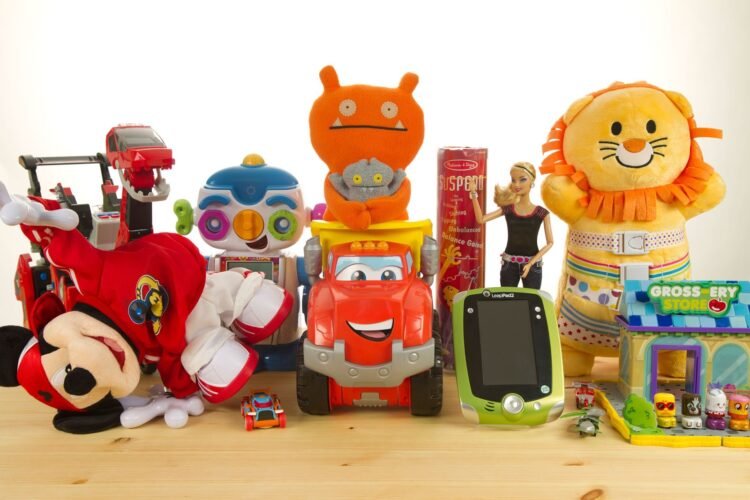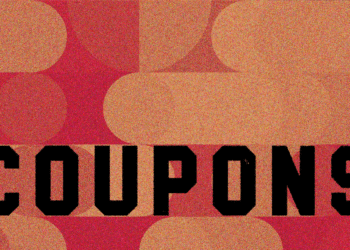Public relations shapes how toy brands connect with children and parents across international markets, making it a cornerstone of successful global toy marketing campaigns. Major companies like LEGO and Mattel demonstrate the power of strategic PR in building emotional connections while maintaining safety standards and cultural relevance. As the toy industry continues expanding globally, PR professionals must balance consistent brand messaging with local market adaptations, all while navigating complex regulatory requirements and evolving digital landscapes. This comprehensive guide examines the essential elements of effective global toy marketing PR, from cultural considerations to measurement strategies.
Cultural Adaptation in Global Toy PR
Successful international toy marketing requires deep understanding of local cultures, values, and preferences. LEGO’s approach illustrates this perfectly – while maintaining its core message of creativity and imagination, the company adapts campaigns for different regions. In Asian markets, for example, LEGO emphasizes educational benefits and cognitive development, aligning with cultural priorities around academic achievement.
Mattel’s evolution of the Barbie brand also demonstrates effective cultural adaptation. The company expanded its doll lineup to include diverse ethnicities, body types, and careers, responding to global calls for representation. This strategy resulted in significant market growth – Mattel reported a 19% increase in Barbie sales in 2021, driven by strong international performance.
Cultural adaptation extends beyond product features to messaging tone and communication channels. What works in North American markets may not resonate in Middle Eastern or Asian contexts. PR teams must consider:
- Local parenting styles and values
- Regional play patterns and preferences
- Cultural taboos and sensitivities
- Holiday seasons and celebration periods
- Language nuances and translation requirements
Safety Standards and Trust Building
Safety communication forms a critical component of toy PR strategies. With varying regulations across markets, brands must clearly demonstrate compliance while building parent trust. The European Union’s toy safety directive (2009/48/EC) sets different requirements than the U.S. Consumer Product Safety Commission (CPSC) guidelines, requiring careful message coordination.
Successful PR campaigns integrate safety messaging naturally into brand storytelling. Rather than treating safety as a separate topic, companies weave it into their broader narrative about quality and care for children. This approach helps maintain emotional engagement while addressing practical concerns.
Key safety communication elements include:
- Clear labeling and age recommendations
- Transparent manufacturing standards
- Quick response protocols for safety concerns
- Regular safety testing updates
- Educational content about proper toy use
Digital Engagement Strategies
Social media platforms drive significant engagement in global toy marketing, but effectiveness varies by region. While YouTube dominates children’s content consumption worldwide, platforms like WeChat in China and LINE in Japan require market-specific approaches.
Data from social media management platform Sprout Social shows that toy-related content receives 52% higher engagement when featuring user-generated content. This insight has led brands to develop campaigns encouraging families to share their experiences:
- LEGO’s #LEGObuilder campaign generated over 1 million posts
- Hasbro’s #HasbroGaming initiative increased social engagement by 35%
- Mattel’s #BarbieStyle reached 2.3 million Instagram followers
Influencer Partnerships and Local Voices
Influencer collaboration proves particularly effective in toy marketing, but requires careful selection based on regional relevance. Successful partnerships maintain authenticity while aligning with brand values and safety messages.
Research by Influencer Marketing Hub indicates that micro-influencers (10,000-100,000 followers) often generate higher engagement rates for toy brands compared to mega-influencers. This suggests value in working with multiple regional voices rather than global celebrities alone.
Measuring Campaign Success
Effective measurement combines quantitative metrics with qualitative insights:
Sales Impact:
- Year-over-year growth in target markets
- Market share changes
- Category performance
Brand Health:
- Brand awareness metrics
- Sentiment analysis
- Share of voice
- Parent trust scores
Digital Engagement:
- Platform-specific metrics
- Content sharing rates
- Comment sentiment
- Influencer campaign ROI
Crisis Management and Response
Global toy brands must prepare for market-specific challenges while maintaining consistent crisis response protocols. This includes:
- Local media monitoring
- Regional spokesperson training
- Market-specific response teams
- Coordinated global-local communication
Conclusion
Successful global toy marketing PR requires careful balance between universal brand values and local market needs. Companies must invest in cultural understanding, maintain rigorous safety standards, and adapt digital strategies for regional preferences. Regular measurement and adjustment ensure campaigns remain effective across markets.
For PR professionals managing global toy campaigns, success depends on:
- Building strong local market intelligence
- Developing flexible campaign frameworks
- Maintaining consistent safety messaging
- Creating authentic regional connections
- Measuring and optimizing performance
As the toy industry continues growing internationally, PR teams that master these elements will drive brand success across global markets.
















